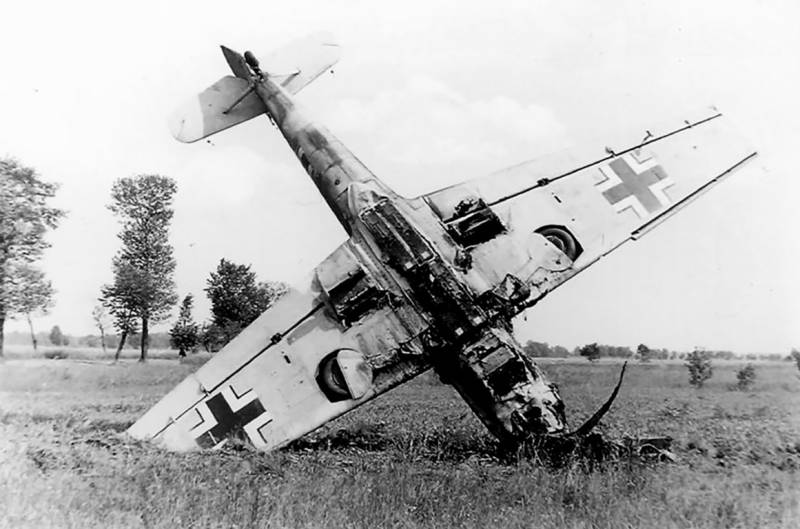Expert opinion on the reliability of reports of the Luftwaffe Quartermaster General

Among historians on the Web, disputes often flare up about the ratio of losses of Soviet aces and Luftwaffe pilots during the Great Patriotic War. Reflections on this subject are presented on the Sky Artist channel.
Among the "young" experts, the opinion has spread that the achievements of Soviet fighter pilots are greatly overestimated. In fact, as many of these "specialists" believe, the losses of our pilots were several times higher than those of the opponent.
Tellingly, in their statements they mainly rely on the so-called reports of the Luftwaffe Quartermaster General (SGKL) - a collection of documents that the Germans did not have time to destroy.
Meanwhile, it is immediately worth noting here that the aforementioned collection is only a small part of what has survived from the Luftwaffe archive. However, this is not the main thing.
The error of using the above reports as evidence of the real state of affairs at the front tried to prove in his article the expert Andrei Alabovsky.
He conducted a study in which he compared data from the SGKL with the "movement of materiel."
It is worth noting that Alabovsky immediately emphasized the impossibility of tracking every aircraft listed in the aforementioned documents (serial numbers are simply not indicated there). But he was able to identify some of them thanks to the Stabes mark.
So, as the expert writes, the discrepancy between the losses of the above-mentioned vehicles in the SGKL and the “movement of materiel” was more than 80%, which can hardly be a mistake.
At the same time, Alabovsky is sure that it is the “movement of materiel” that should be taken as the basis, in which losses are greater, since it was these documents that were responsible for the supply of new fighters to the Luftwaffe. In this case, any distortion of information for the sake of propaganda could become critical for the Wehrmacht. Therefore, this option should be excluded.
In turn, according to the expert, the reports of the quartermaster general of the Luftwaffe, which modern historians love to rely on, could just be a tool of German counterintelligence to misinform the enemy.
Other reasons why you should not believe the reports of the quartermaster general are discussed by experts on the Sky Artist YouTube channel:
Information